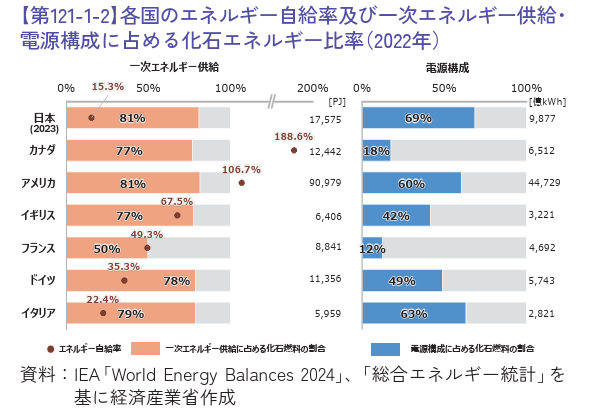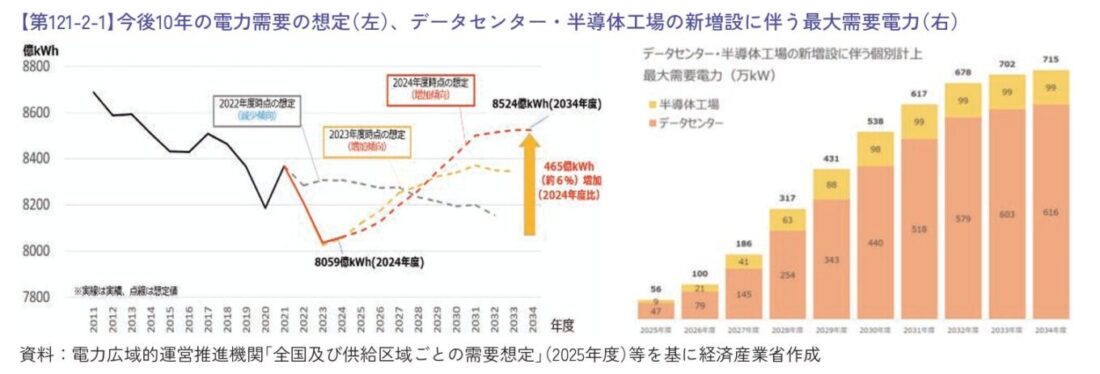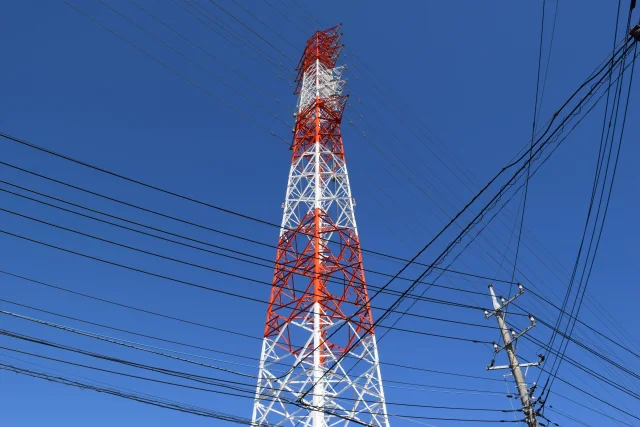On June 13, 2025, a cabinet decision was made by the Japanese Government on the FY2025 Annual Report on Energy (“Energy White Paper”). Each year, the Energy White Paper outlines energy trends and details the status of measures related to energy supply and demand conducted by the Japanese Government in the previous fiscal year.
The White Paper summarizes Japan’s energy policy following important cabinet decisions such as the 7th Strategic Energy Plan and the GX2040 Vision, both of which were announced in February 2025. Amid significantly changing global circumstances such as Russia’s invasion of Ukraine and rising tensions in the Middle East, this paper emphasizes the importance of maximizing the use of renewable energy and nuclear power while avoiding excessive dependence on specific power sources and fuels, and expanding the use of “next-generation energy sources” such as synthetic fuels and hydrogen and its derivatives.
The paper consists of two parts: Part 1 covers “The Current Energy Situation and Main Countermeasures,” and Part 2 “Measures Taken in FY2024 (Reiwa 6) Regarding Energy Supply and Demand” (provisional translation). But will these measures actually guide Japan into becoming a truly sustainable society? Here we point out some fundamental issues related to thermal power generation and these policies.
Where does the path outlined in the Energy White Paper lead to?
1)Rate of energy self-sufficiency
Japan’s rate of energy self-sufficiency in FY2023 was 15.2%, the lowest among the G7 countries. In particular, when looking at the primary energy supply, fossil fuels imported from overseas accounted for more than 80% of the total, indicating Japan has a higher dependence on other countries compared to other G7 nations. The paper says it is important to continue energy conservation and improve efficiency measures while preparing for increased electricity demand resulting from economic growth and the expansion of data centers and semiconductor factories, and ensuring that a sufficient supply of decarbonized power sources is secured.
Figure. Energy self-sufficiency rate and share of fossil fuels in primary energy supply and energy mix of G7 countries in 2022

It is important to note that the term “decarbonized power sources” as defined by the Japanese Government used in the White Paper includes not only power sources that do not emit CO2 during power generation, such as solar power and wind, but also nuclear power and even thermal power (co-firing with hydrogen and ammonia, mono-firing biomass, and LNG-fired thermal power). Renovation projects to retrofit existing thermal power plants to co-fire fossil fuels with 20% or more ammonia or 10% or more hydrogen are eligible for government support through the Long-term Decarbonization Power Source Auction. This reflects a continued reliance on thermal power generation that relies on imported fuels.
2)Rapid increase of electricity demand
The White Paper identifies data center demand, rising average temperatures, and expanding electric vehicle (EV) demand as the main factors driving fluctuations in electricity demand, and presents a graph illustrating the increase in electricity demand (shown below). In particular, it repeatedly highlights the increase in electricity demand due to the construction of new data centers and semiconductor factories, emphasizing the need for a secure supply of so-called “decarbonized” power sources. However, it also points out that there is a geographical gap between the locations of data centers and renewable energy supply sources.
Figure. Electricity demand estimation in next 10 years (left) and projected increase in electricity demand due to the development of new data centers and semiconductor factories (right)

Despite repeated warnings of surges in electricity demand, the estimated increase over the 10-year period from 2024 to 2034 is only 46.5 billion kWh, or 6%. This means that the average annual increase will be approximately 0.6%, and some argue that this can be absorbed through energy conservation measures and related technologies. However, it is clear that the emphasis on increasing electricity demand and the importance of stable power supply is being used to justify the maximum utilization of nuclear power plants, which are deemed suitable for data center needs. The logic behind electricity demand is being driven by data centers.
3)Making renewable energy a main power source
The White Paper includes the goal to “maximize the use of renewable energy as our main power source” and “aim for a balanced power generation mix that does not excessively depend on specific power sources or fuel sources” according to the 7th Strategic Energy Plan, and also says “it is important to ensure that renewable energy becomes a major source.” However, while the 6th Strategic Energy Plan targets a renewable energy share of 36-38% in the 2030 energy mix and the 7th Strategic Energy Plan targets approximately 40-50% in FY2040, the percentage of renewable energy has only increased from 18.1% to 22.9% from FY2019-2023, and it is doubtful that these targets will be achieved at the current pace. Furthermore, despite decreasing prices of storage batteries, the areas subject to output control measures accompanying the increased adoption of renewable energy are expanding, and the integration of renewable energy into the power grid remains a significant challenge. Globally, the transition from fossil fuels to renewable energy is progressing rapidly, such as in Europe, where renewable energy currently accounts for approximately 40–50% of total energy consumption. Japan risks falling further behind other countries if current trends continue.
4)Use of hydrogen and ammonia
The White Paper states that “Hydrogen is a key material to make ammonia, synthetic fuels, and synthetic methane, and these hydrogen-based materials are expected to contribute to carbon neutrality of a wide range of sectors (steel, chemicals, mobility, industrial heat, power generation, etc.) as next-generation fuels.” Regarding “utilization,” it states that “in order to create large-scale demand for hydrogen and its derivatives domestically, technological development to use hydrogen/ammonia in power generation is being prioritized and advanced.” This clearly indicates that the use of hydrogen and ammonia as fuels for thermal power generation is a priority.
However, whether the hydrogen or ammonia is produced from renewable energy (“green”) or from fossil fuels and capturing emissions (“blue”), Japan continues to rely on energy imports from abroad, energy security issues will remain. Despite the availability of renewable energy as a CO2-free alternative, maintaining fossil fuel-based thermal power generation and fuel imports as a prerequisite means that achieving self-sufficiency remains a distant goal.
Furthermore, electricity generated by co-firing fossil fuels with renewable fuels (wood biomass, green hydrogen, etc.) is not recognized by RE100 as “decarbonized electricity.” Therefore, even though Japan claims that hydrogen, ammonia, or biomass co-firing are “decarbonized power sources,” it cannot supply those electricity to consumers who demand truly decarbonized electricity.
Conclusion
The White Paper highlights the challenges Japan faces with its current energy policy.
- Amidst unstable global circumstances, improving energy self-sufficiency is essential, but the policy direction is unclear and no realistic measures have been identified.
- Japan remains highly dependent on fossil fuels and nuclear power, and in fact is moving toward a return to nuclear power. The words “maximize the use of renewable energy” mean nothing without concrete action, and emphasis remains on fossil fuels and nuclear power.
- The explanation for the increase in electricity demand is inconsistent. The graphs presented are misleading, emphasizing increases in data centers and semiconductors, while insufficient mention is made of energy conservation.
- The focus is on options such as hydrogen, ammonia, and carbon capture and storage (CCS), which are expensive and not realistic for practical application. It does not mention that it is planning to maintain thermal power generation, and emphasis is placed on thermal power as a method of “decarbonization.”
Thus, such an unbalanced energy policy will inevitably lead us to a dead end in the future, further away from a sustainable society.
Related Information (available only in Japanese as of August 2025)
・METI “FY2025 Annual Report on Energy (Energy White Paper)” summary
・METI “FY2025 Annual Report on Energy (Energy White Paper)”

